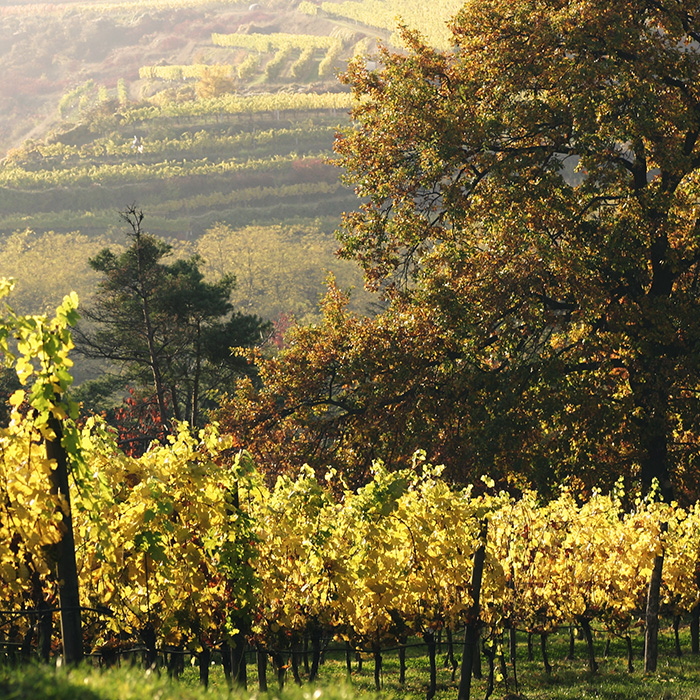In pursuit of purity
Author: Sophie Thorpe

At the turn of the millennium, Decanter magazine named Willi Bründlmayer as one of the 50 people most likely to change the face of the world of wine, while Jancis Robinson described him as “a beacon for Austrian wine”. He shrugs off such praise, saying: “I never tried to be a revolutionary. I just wanted to continue tradition”.
He took over his family’s Kamptal estate in 1980, specialising in Grüner Veltliner and Riesling, but also working with small plantings of Zweigelt, St Laurent and Pinot Noir. Given the remarkable soils of the region (some of which are 270 million years old), it is unsurprising that he is known best for a range of single-vineyard cuvées.
Willi believes that there are only three grapes capable of truly expressing terroir: Grüner Veltliner, Riesling and Pinot Noir. Everything else, in his opinion, is defined by the work of a winemaker. Taking the classic example of Chardonnay, he explains how one grape can be crafted in such a way as to create both full, rich, fat whites and the finest sparkling wines in the world.
He feels that a sense of place can only be achieved through single varietals, which offer the purest expression. His dedication to translating an exact location is remarkable, using not only ambient yeasts but wood grown from local forests owned by his family. He tends to use oak for his Rieslings and acacia for his Grüner Veltliners, as it doesn’t impart the vanilla flavour that clashes with Grüner’s delicacy, but provides the tannin that allows the wines to age so beautifully.
“Austrians love Grüner Veltliner; they drink it night and day, for lunch, for dinner and in between.” It is for this reason that Willi believes Grüner is “the most important grape”, making up 70 percent of the estate’s production. It isn’t to follow fashion or demand though. Willi firmly believes it is foolish to do so, for producers will always be behind, only able to plant when the demand is present, and only able to first harvest three years later – by which point the fad has passed.
And what of Riesling? Possibly the wine trade’s favourite grape, Riesling stubbornly refuses to become popular. But why is it so hard to market? Why aren’t consumers as addicted as we are? Willi thinks that it is sheer confusion. There are so many styles, ranging from bone dry to lusciously sweet and still to fizzy; but “once you’re in,” Willi says, with a wistful twinkle in his eye, “you’re hooked. There are so many different expressions of a place from Riesling or Grüner Veltliner that you’ll never get bored.”
Browse our range of Riesling on bbr.com.


